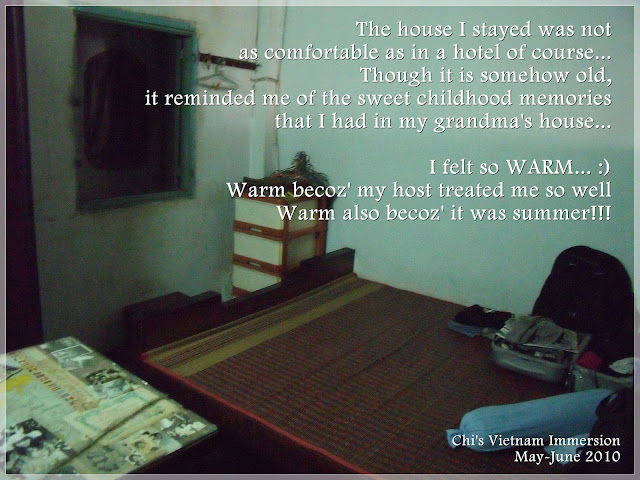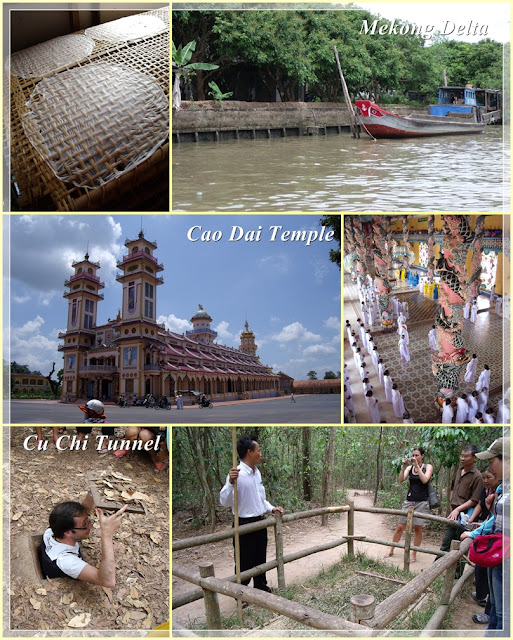Some are fluent speakers, while others find it difficult to express their ideas in the language.
Yet the talkfest at the National University of Singapore (NUS)'s Center for Language Studies goes smoothly and is full of laughs.
Practice sessions like this are a frequently held component of the university's Vietnamese language course, whose four teachers are keen to nurture Vietnamese language proficiency and a genuine interest in Vietnam.
Established in 1995, the course, known as LAV@NUS, is for anyone taking Southeast Asian studies, whether from Singapore or other countries via exchange programs.
Six levels, each running for 12 weeks excluding exam time, from basic to advanced are available in the course.
In class, the first thing every student gets from the teacher is a Vietnamese name.
Actually, the students are given a list of Vietnamese names together with their English meanings like Tuyet (Snow), Hai (Sea) and Thang (Victory) for them to choose from.
A little forethought is needed before deciding as the students are known by their chosen names for the rest of the course.
After the naming ritual, the students are taken on a tour of Vietnamese food, drink, scenery, and geography to familiarize them with the country whose language they are learning.
Ho Gia Anh Le, the youngest of the four teachers, frequently takes her students to Vietnamese cafes and restaurants, and is keen to chat with them online too.
Le's reputation for innovative teaching has attracted many people to the course, says LAV@NUS director Thach Ngoc Minh.
A different approach is favored by two of the other teachers, Quynh and Bich, who regularly hold cooking contests at their homes for the students' sake.
First, they make a list of ingredients for the students to buy at the market. After shopping, the students go to the teachers' house and cook up a Vietnamese treat without help.
When everyone is done eating, Quynh or Bich gives marks for the different dishes.
The students also take photographs and write amusing articles about their cooking exploits and post them at http://lavatnus.blogspot.com, where their self-penned introduction reads, "We are students learning Vietnamese at NUS. We love learning Vietnamese, enjoying Vietnamese dishes and learning about Vietnam."
Nearly all of them get something more than just a good meal from the experience.
"We're glad that this module lets us learn how to prepare traditional Vietnamese food," wrote one student recently after making cha gio (spring rolls) at Bich's house.
"As learning a language also includes learning its culture, country and people, this is a precious opportunity for foreign students like us to learn more about Vietnam."
They also like the camaraderie of the cooking sessions.
One writes: "It was really fun preparing the food. We were like excited little rats (*oops! I mean "chefs") scrambling around in the kitchen."
Through LAV@NUS, the students can even visit Vietnam and its historical places to augment their knowledge.
One such is Wee Siong, a Malaysian student in the university's biology department and known by the Vietnamese name "Quang."
On his trip to Vietnam, Quang spent three weeks learning the language in Ho Chi Minh City and visited Da Lat, Hue and several other places as well.
"Vietnamese culture is so interesting. If I get the chance to go there again, I will ask my friends to come along," he says.
While some students are like Benjamin Freud from France, who is learning Vietnamese for his doctoral thesis on Vietnam under French rule, others seem to have no particular goal as far as the course goes.
Still, it doesn't stop them being enthusiastic students, and the more they learn, the more they love Vietnam, the teachers say.
"I believe teaching the students here means 'raising' them so that they will keep learning Vietnamese long afterwards, as the more they learn, the more they will love Vietnam," Le says.
Reported by Thuc Minh




















































